An unidentified object might have just crashed into Saturn
A bright flash on Saturn was captured by NASA’s Mario Rana on July 5, 2025. This marks the first time we’ve ever seen an object …
A bright flash on Saturn was captured by NASA’s Mario Rana on July 5, 2025. This marks the first time we’ve ever seen an object …
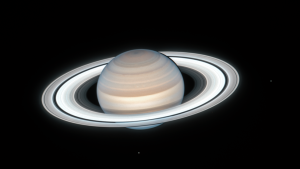
Back in February, astronomers announced Jupiter had 12 more moons than previously believed, giving it the lead over Saturn with the most moons in the …
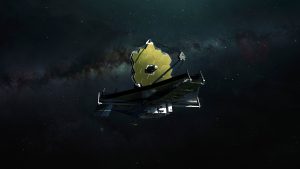
Earlier this year, NASA announced that it was investigating issues with James Webb’s Mid-Infrared Instrument (MIRI). This instrument plays a key role in Webb’s observations, …
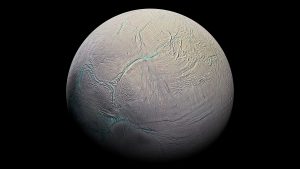
The chances of life on Enceladus, one of Saturn’s moons, may have risen thanks to the discovery of a new important element within its oceans. …

Saturn is one of the most stunning planets in our Solar System. Its beautiful rings make it stand out from just about every other planet …
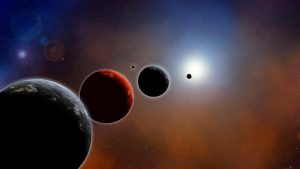
The skies are giving us a rare and stunning sight this month, as a five-planet planetary parade will be visible in June of 2022. The …
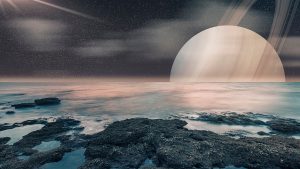
Titan looks suspiciously like our own planet when you observe it. However, Saturn’s moon and our own Earth couldn’t be any more different. Where landscapes …

Aside from Earth, Saturn is probably the most instantly recognizable of the planets in our solar system. It’s the only planet with bold, easily visible …
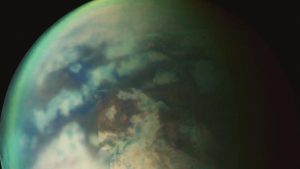
Saturn’s bizarre moon Titan has carbon-based compounds in its atmosphere that may be a precursor to life. The surface of Titan is covered in lakes …
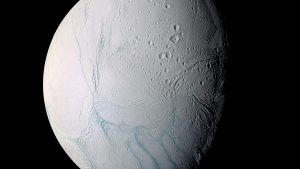
A study of Enceladus images from the Cassini orbiter has revealed new clues as to the age of the ice on different parts of the …

The Hubble Space Telescope recently snapped one of the most incredible photos of Saturn ever. The image was captured on July 4th and shows Saturn, …

Saturn’s moon Titan is drifting away from the planet at a faster rate than previously thought, according to data sent back by NASA’s Cassini orbiter. …

Of all the places in our solar system where life might be hiding out, Saturn’s frosty moon Enceladus might be the most tantalizing. The Moon …

When NASA’s Cassini orbiter spent over a decade orbiting Saturn, the planet at the core of its mission wasn’t the only target of its observations. …

Earth’s singular moon has offered astronomers the opportunity to study the relationship between planets and the natural satellites that orbit them. In many ways, Earth’s …

Of all the worlds in our solar system that may harbor some form of life, Saturn’s moon Enceladus may be the most exciting. The moon …
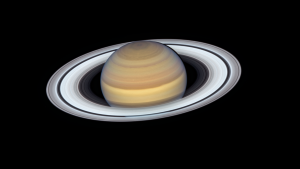
Of all the planets in our solar system, most people would agree that Saturn is the most instantly recognizable. Its massive rings make it an …

Scientists have learned a lot about Saturn’s moon Titan thanks to NASA’s Cassini spacecraft, which orbited the planet for well over a decade before NASA, …

If there’s one thing you can definitely say about NASA, it’s that they sure do like to plan ahead. Despite more pressing ambitions like returning …

NASA’s Cassini mission officially ended way back in 2017. It was then that the spacecraft plunged into Saturn, destroying itself in a blaze of glory, …

Like many of the larger bodies in our solar system, Saturn’s massive moon Titan has long been of interest to astronomers due to its unique …

It’s been well over a year since NASA’s incredibly trusty Cassini probe performed its final act, plunging into Saturn’s atmosphere where it was obliterated by …

NASA’s Cassini spacecraft has long since bitten the proverbial dust, but data it sent back years ago is now revealing how actual dust affects some …

NASA TESS spacecraft has been in space for almost a year now, and it powerful imaging tools are definitely being put to work. As we …
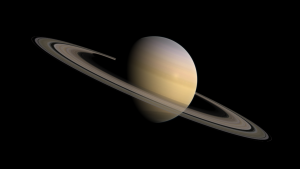
Determining the length of a single day on a planet is usually pretty easy. You just pick a landmark and wait for it to reach …

NASA’s Cassini orbiter has been dead for well over a year now, but its incredible discoveries continue to trickle in as researchers pore over data …
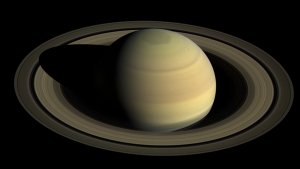
Of all the planets in our Solar System, you’d have to agree that Saturn is the most immediately recognizable. With its iconic rings, you can …